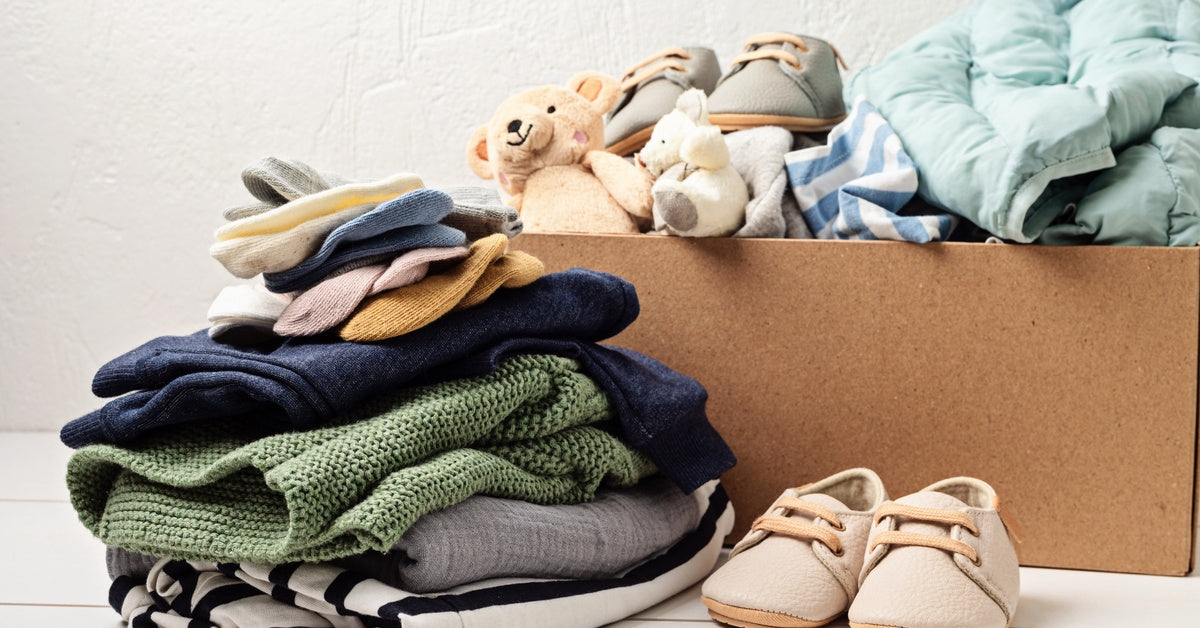Supporting foster homes through donations is one of the most impactful ways to help children and their caregivers. However, there’s more to it than simply gathering items to give away. Here’s what you need to know about donating items to foster homes.
Every Foster Home Has Donation Guidelines
Before donating, check the foster home’s preferences. Many homes have donation guidelines to ensure items meet their safety and usability standards. For instance, they may require new or gently used items and avoid certain donations, like stuffed animals, because of storage limits or allergies.
Some homes maintain wish lists you can find online, which detail exactly what they need. For example, a home might request baby formula and diapers for infants or art supplies for older kids.
Seasonal Needs Should Steer Your Donation
Foster homes commonly experience varying needs depending on the season. During cold months, they might require warm blankets or wholesale winter accessories, such as gloves and hats.
The back-to-school season means there’s a demand for backpacks, notebooks, and pencils, and more. Tailoring your donations to the time of year guarantees that your donation will have a great impact.
New Items Matter More Than Used Ones
Although secondhand donations can be helpful, brand-new items carry greater significance, both practically and emotionally. New clothes, toys, and hygiene products allow children to feel special and safe.
When foster homes receive used items, staff must sort through and inspect them to ensure they’re suitable, which adds to their workload. New donations go straight into the hands of the children.
Organize the Donations To Streamline Distribution
Another thing you need to know about donating items to foster homes is that organizing the donations makes them easier to distribute to the children. Group items by type, size, or purpose. Labels ranging from boys’ winter hats to art supplies will make the items simple to give to administer. When contributions arrive in an orderly manner, they become instantly helpful instead of creating extra work for the staff.
Regular Donations Offer Long-Term Support
Foster home needs don’t stop after one donation; providing consistent support meets ongoing demands. For example, committing to donate winter coats each year ensures no child will go to school cold.
Even scheduling a small monthly financial contribution can collectively make a substantial difference over time. Your consistent involvement shows the foster home community that they’re not alone.

